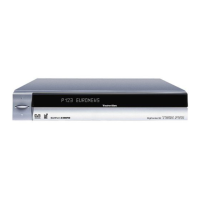
Do you have a question about the TechniSat DigiCorder S2 and is the answer not in the manual?
Covers important operational, disposal, and safety guidelines for the receiver.
Instructions for connecting the receiver to the mains power outlet.
Details on connecting antenna signals, including single, dual, and rotating antenna setups.
Connecting the receiver to a television via SCART and other AV inputs.
Connecting to VCRs, Hi-Fi amplifiers, and appliances with S-Video.
Connecting via RS 232 and USB for updates and data transfer.
Setting the preferred language for menus and on-screen displays.
Configuring fundamental settings like time, country, and remote control code.
Adjusting picture format, audio language, subtitles, and SCART modes.
Configuring antenna connections, DiSEqC, LNB properties, and rotating antenna setup.
Managing CI dual decoding and favorite list display settings.
How to power the digital receiver on and off.
Methods for selecting TV and radio programmes using keys or lists.
Instructions for using CI modules to access encrypted satellite broadcasts.
Adjusting the audio volume and mute function for the receiver.
Changing audio language, subtitles, and Dolby Digital (AC3) settings.
Using and enabling subtitle languages and accessing Videotext information.
Using the picture-in-picture feature to view two channels simultaneously.
Utilizing the EPG for programme information, timers, and genre searches.
Downloading, accessing, and navigating the electronic programme guide data.
Programming recording timers directly from the EPG.
Viewing programme schedules by channel or genre.
Overview of recording: instant, timer-controlled, and timeshift.
How to start recording a program immediately with a single button press.
Programming recordings in advance using hard drive, VCR, or channel timers.
Step-by-step guide to manually setting recording timers.
Viewing, changing, and deleting programmed timer events.
Using the time-shift function to pause and resume live broadcasts.
Accessing and controlling playback of recorded content and media files.
Reproducing recorded TV or radio programs with navigation controls.
Navigating through recordings at different speeds using playback controls.
Inserting and navigating to specific points within recordings using markers.
Playing audio files and viewing image files from storage devices.
Operations for managing files and maintaining the hard drive.
Deleting, editing, and managing recorded programmes.
Removing and modifying recorded programmes on the hard drive.
Blocking access to specific recordings using a PIN code.
Copying, moving, and deleting MP3 and JPG files between devices.
Checking and formatting the hard drive for optimal performance.
Performing diagnostic checks and resetting the hard drive.
Managing channel lists, including adding, deleting, and sorting programmes.
Accessing the interface for managing TV and radio channel lists.
Adding programmes to Favourites and removing them from lists.
Rearranging the order of programmes within lists.
Configuring the EPG for data reception and display.
Enabling EPG data reception and setting download times.
Customizing the EPG to include preferred channels and genres.
Setting up and managing parental control features to block content.
Configuring PIN request frequency and changing the receiver's PIN code.
Blocking specific TV and radio channels using parental controls.
Finding new channels and satellites through automatic or manual scans.
Scanning for available programmes using automatic or satellite-specific methods.
Scanning specific transponders or performing manual searches with PID data.
Accessing factory defaults, deleting programme lists, and updating data.
Resetting the receiver to factory settings and clearing programme data.
Updating the receiver's programme list via satellite.
Updating the receiver's operating software via satellite.
Transferring receiver settings to another compatible unit.
Setting rotation limits to prevent mechanical damage to the satellite dish.
Using geographical coordinates to assist in finding satellite positions.
Adding and configuring satellite positions for reception.
Manually and automatically tuning the antenna for optimal signal reception.
Manual dish positioning and automatic calibration for optimal reception.
Storing and removing satellite positions from the receiver's list.
Definitions for terms like LNB, DiSEqC, DVB, SCART, and frequency.
Details on tuner input, demodulation, FEC, and video/audio compression.
Information on SCART, USB, RS 232, and hard drive specifications.
Details on power consumption, input voltage, dimensions, and weight.
Troubleshooting no picture, no sound, interference, or signal reception problems.
Resolving issues with receiver unresponsiveness, USB detection, and recording failures.
List of longitude and latitude for German cities, for geo-positioning.
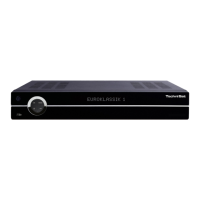
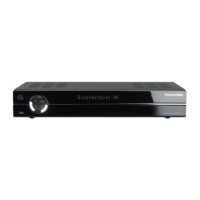
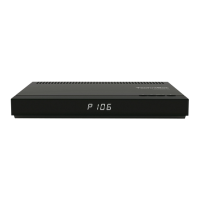
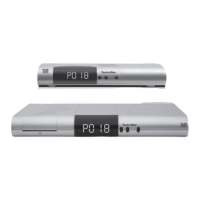
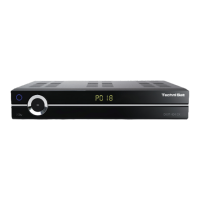
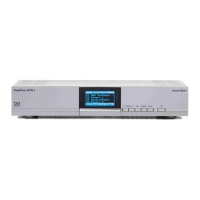
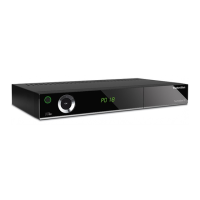
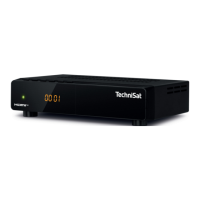
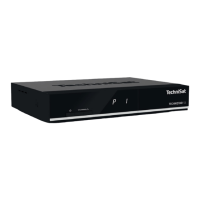
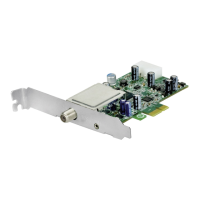
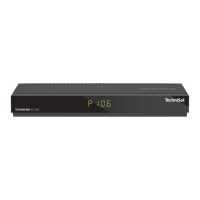
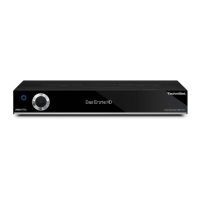
